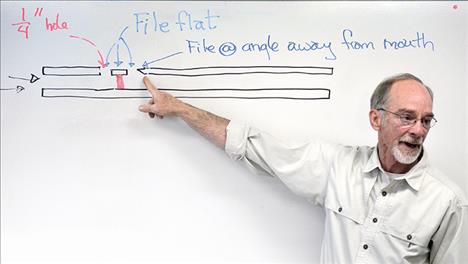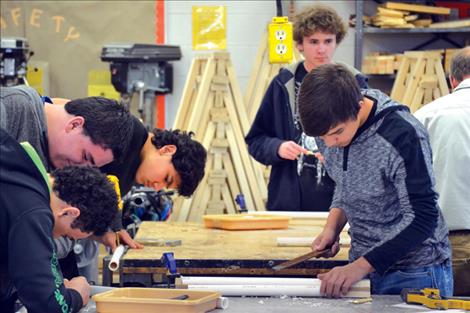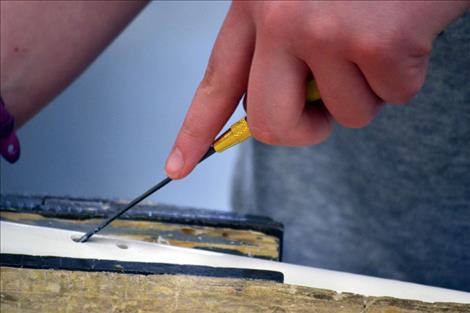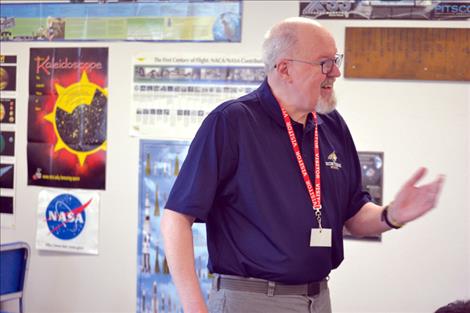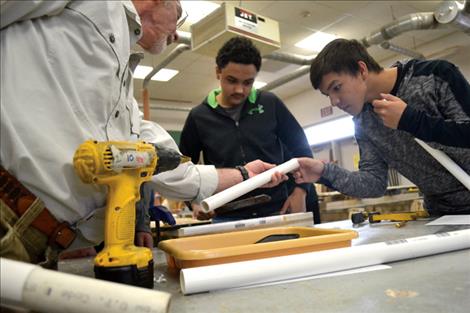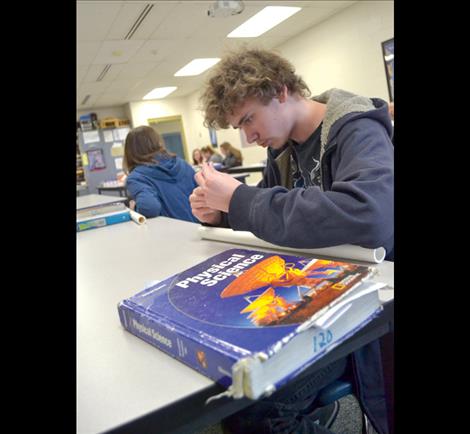- Home >
- News >
- Local News
WIND ADVISORY
Students craft flutes, explore culture
Issue Date: 5/4/2016
Last Updated: 5/3/2016 10:27:03 PM |
By
Linda Sappington
Keep Reading!
You’ve reached the limit of 3 free articles - but don’t let that stop you.
















